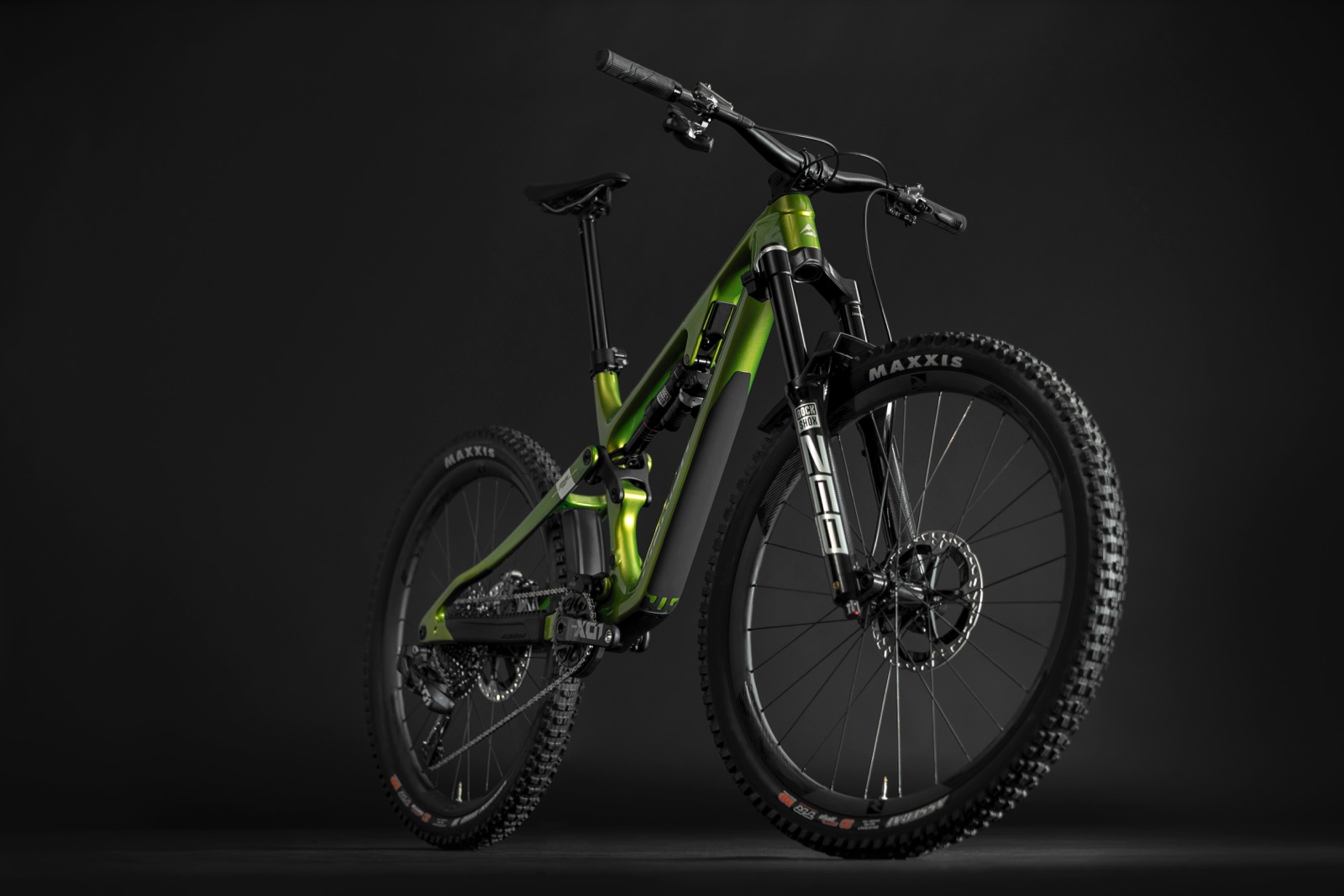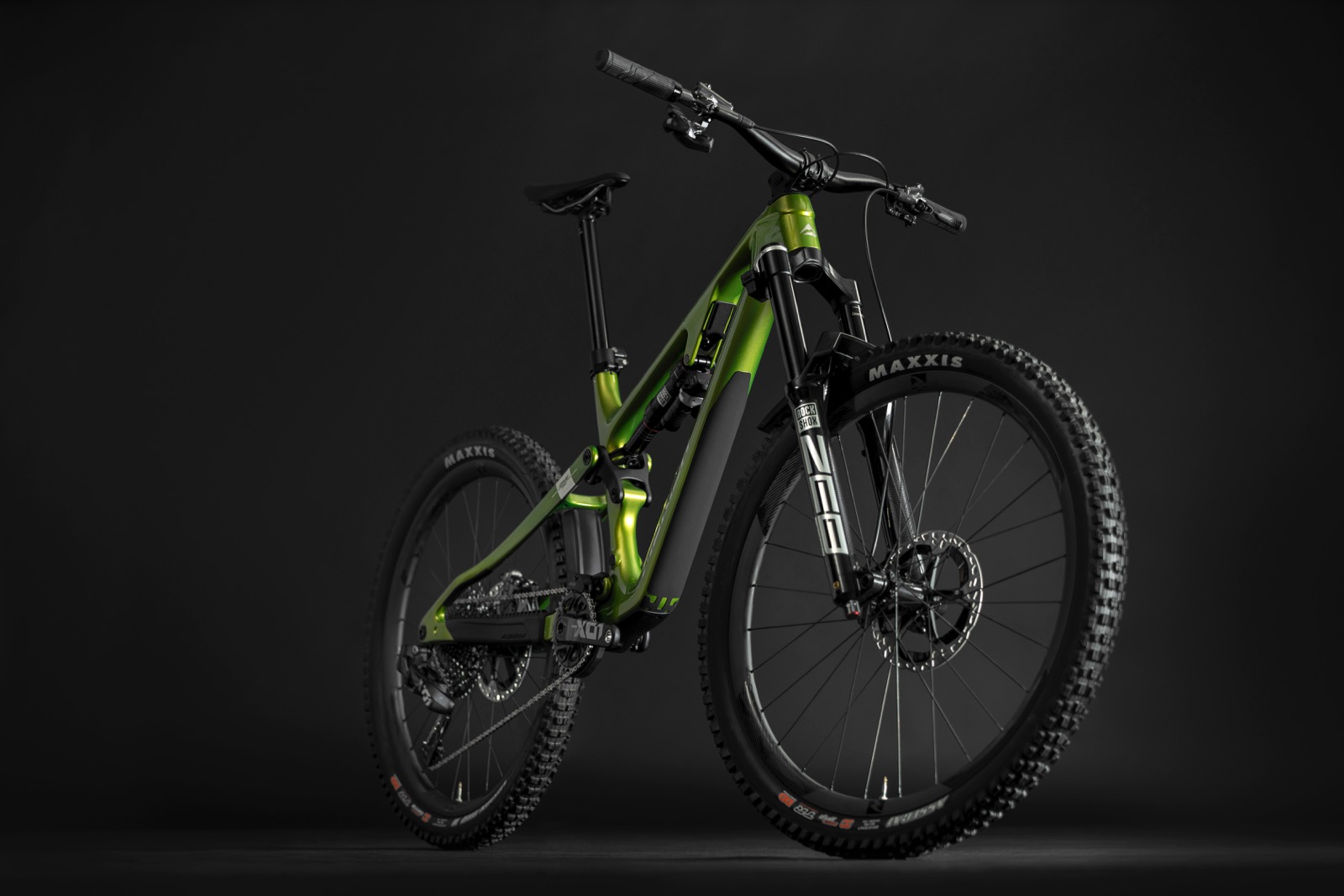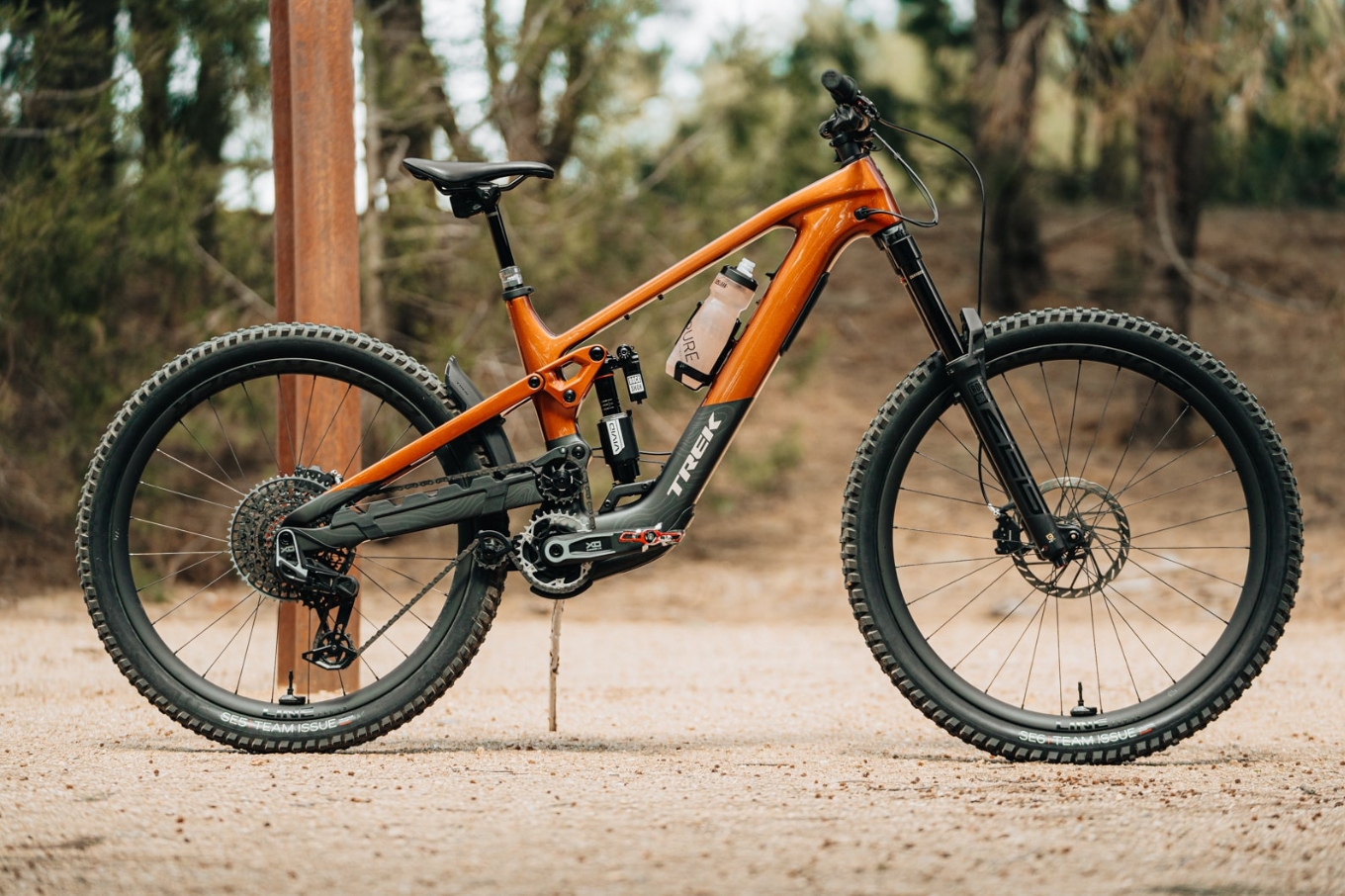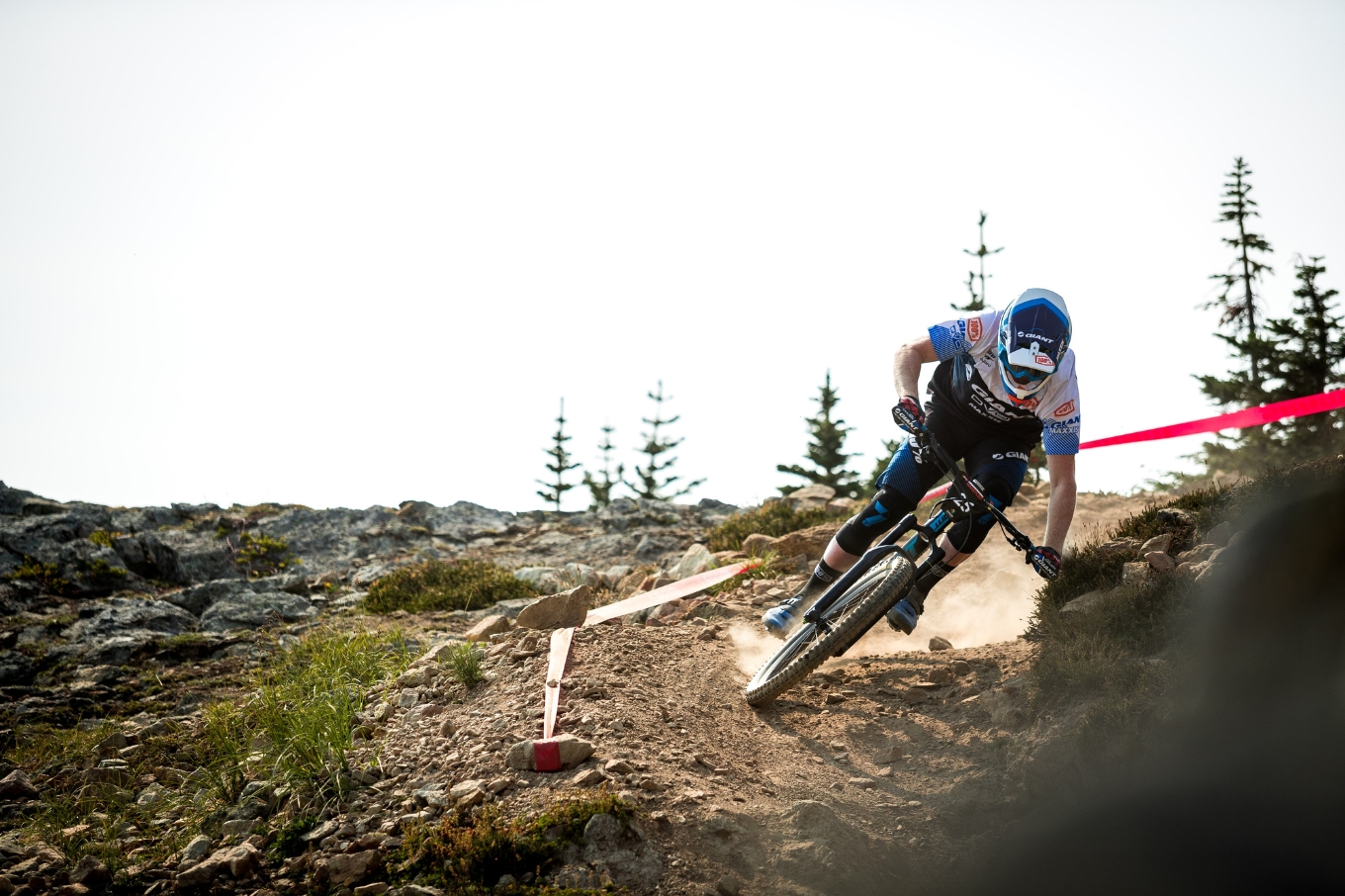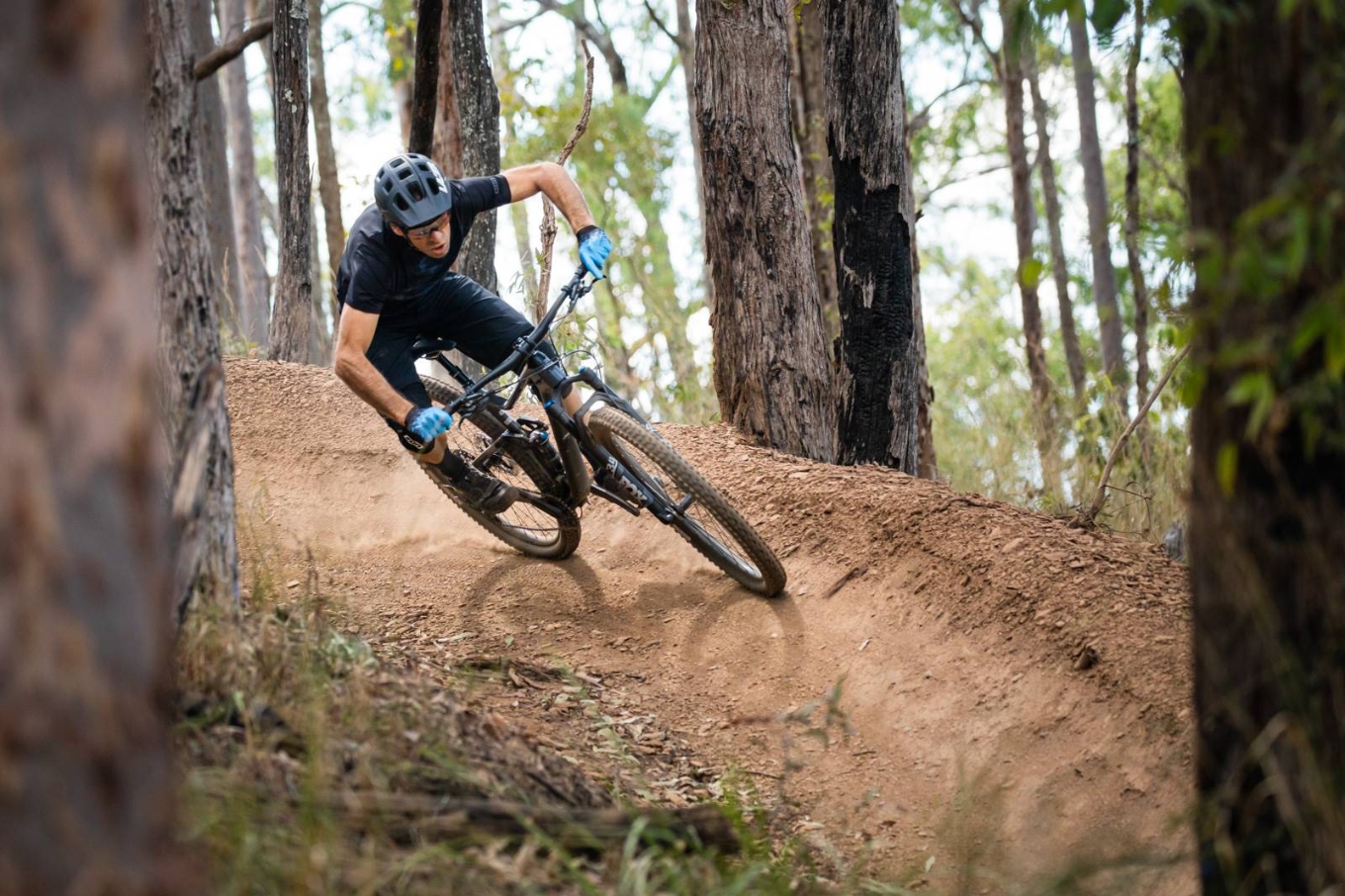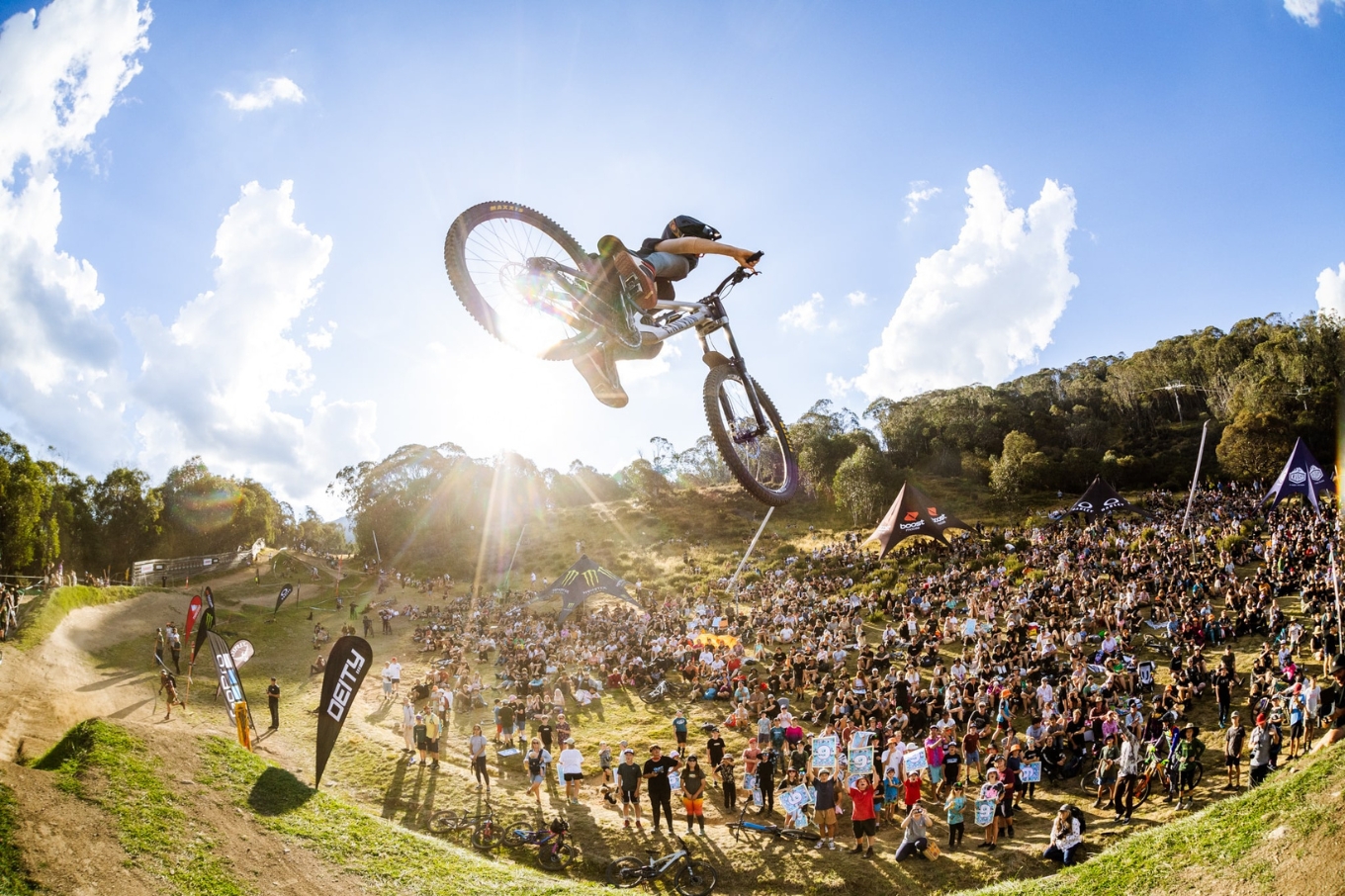Merida overhaul the One-Sixty and One-Forty for 2023
Merida's new One-Sixty and One-Forty have had a long and demanding design process - and they look amazing on paper.
Merida are a popular bike brand in Australia, thanks to thorough range options and excellent value. The eOneSixty and eOneForty eMTB models are held in high acclaim, and we also think the recent updates to the Merida Ninety Six have created an exceptional cross-country and marathon bike!
However, Merida's popular One-Sixty enduro bike and One-Forty trail bike hadn't seen any real updates for about five years. Until now. And Merida reckon they're setting a new standard for the bikes they produce, thanks to a long and demanding development and testing process.
The One-Sixty is still aimed as an enduro bike for riders seeking out the most demanding descending trails. It's optimised for big hits, charging fast lines, and composure in the jank. The Merida One-Forty suits the rider after a bike for technical, all-day adventures. A bike for true all-mountain rides where mastering the climbs are the favoured access to really rail the descents.
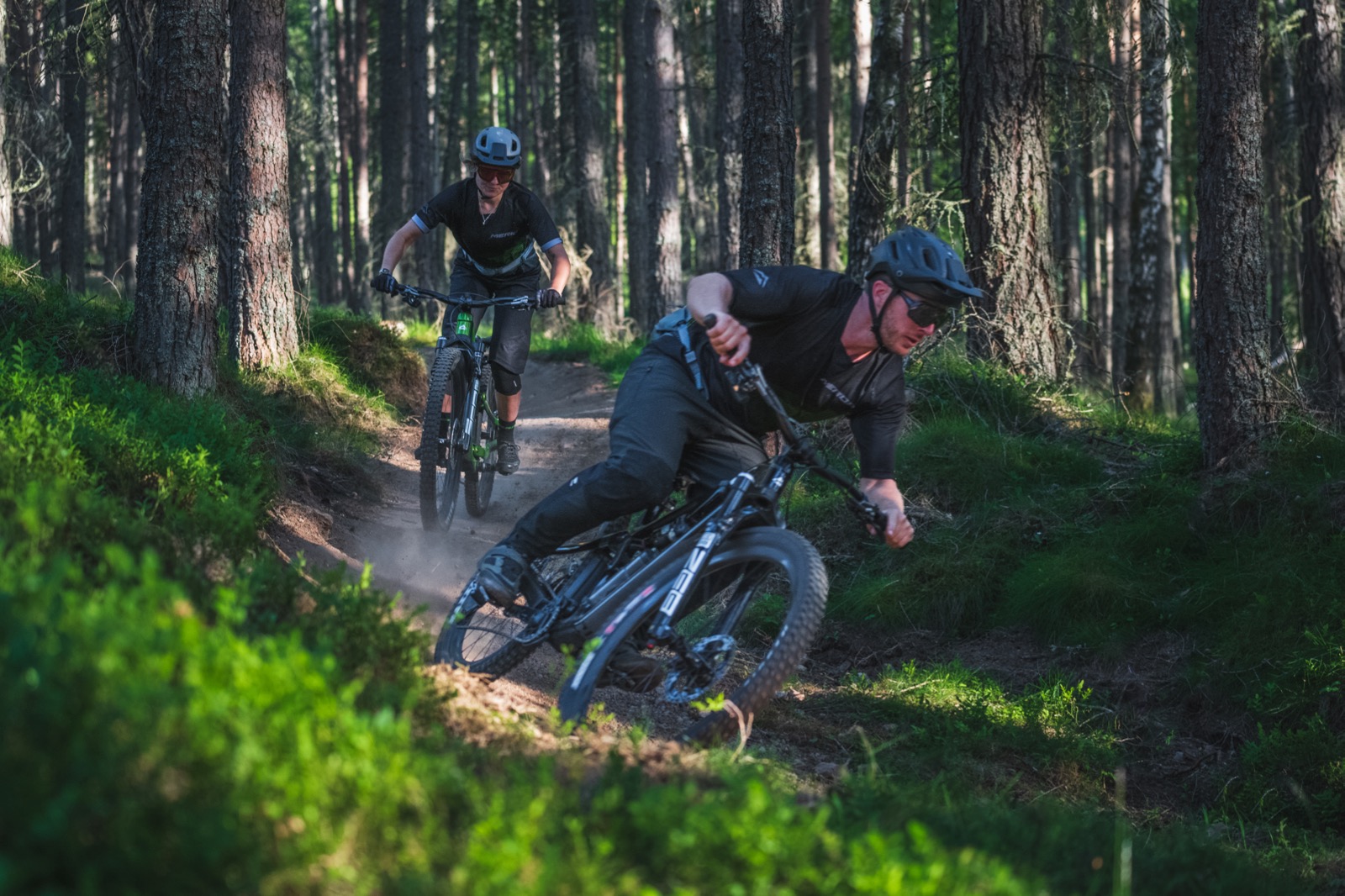
Key features on the new Merida bikes
The bikes have had a shared path of development, and therefore have a lot in common. One is sizing, with a move to reach based sizing and lower seat tubes. There are now five sizes available. This sizing works hand in hand with Merida's own height adjustable dropper posts, so you can run 30-230mm of drop!
The Merida One-Sixty sports 170mm 38mm legged forks, with 162mm travel in the back end. The Merida One-Forty runs 150mm forks with 35/36mm legged forks, and delivers 143mm of travel out back. The smallest three sizes on the One-Sixty have a mixed wheel setup with a 29" front and 27.5" rear, to increase standover height and agility on smaller sizes. While the One-Forty rolls large on 29" hoops, you can run it as a mullet setup as well if you like.
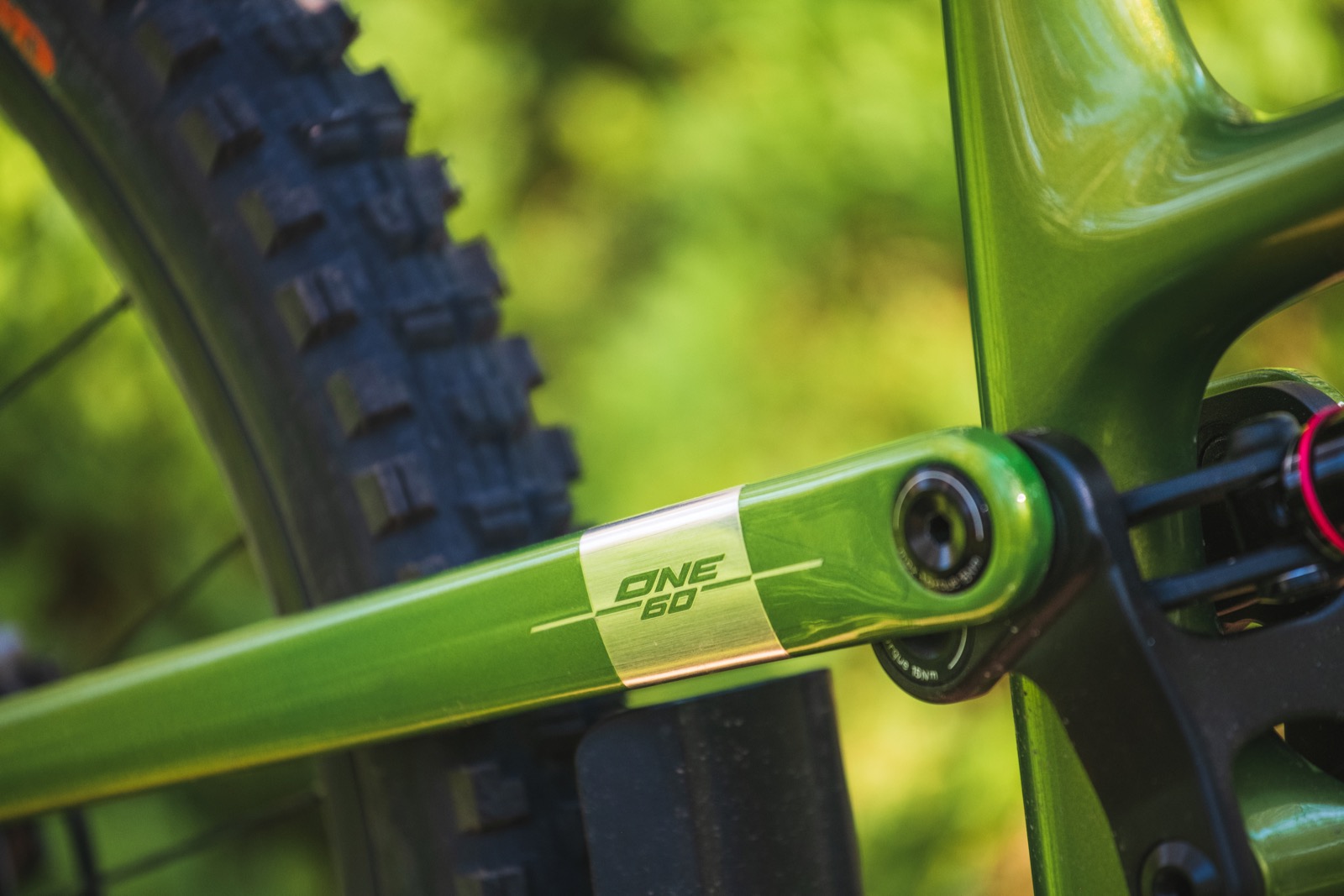
Merida have a geometry flip chip on the link for the mixed wheel setup, which also increases travel to 171mm on the One-Sixty, and 153mm on the One-Forty, when used in the mullet setup. This is to maintain the same ride capabilities and geometry as would be the case on a full 29" setup.
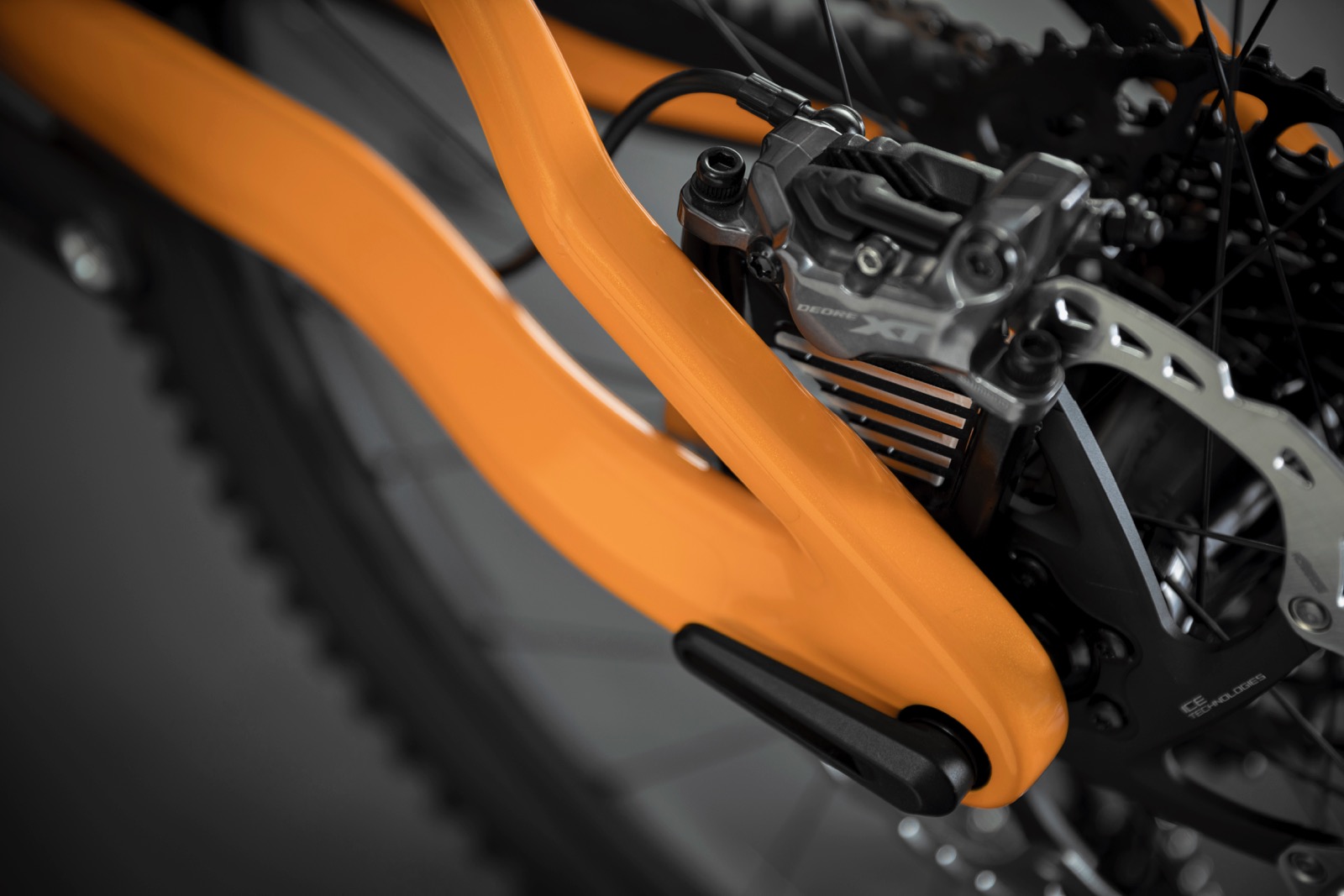
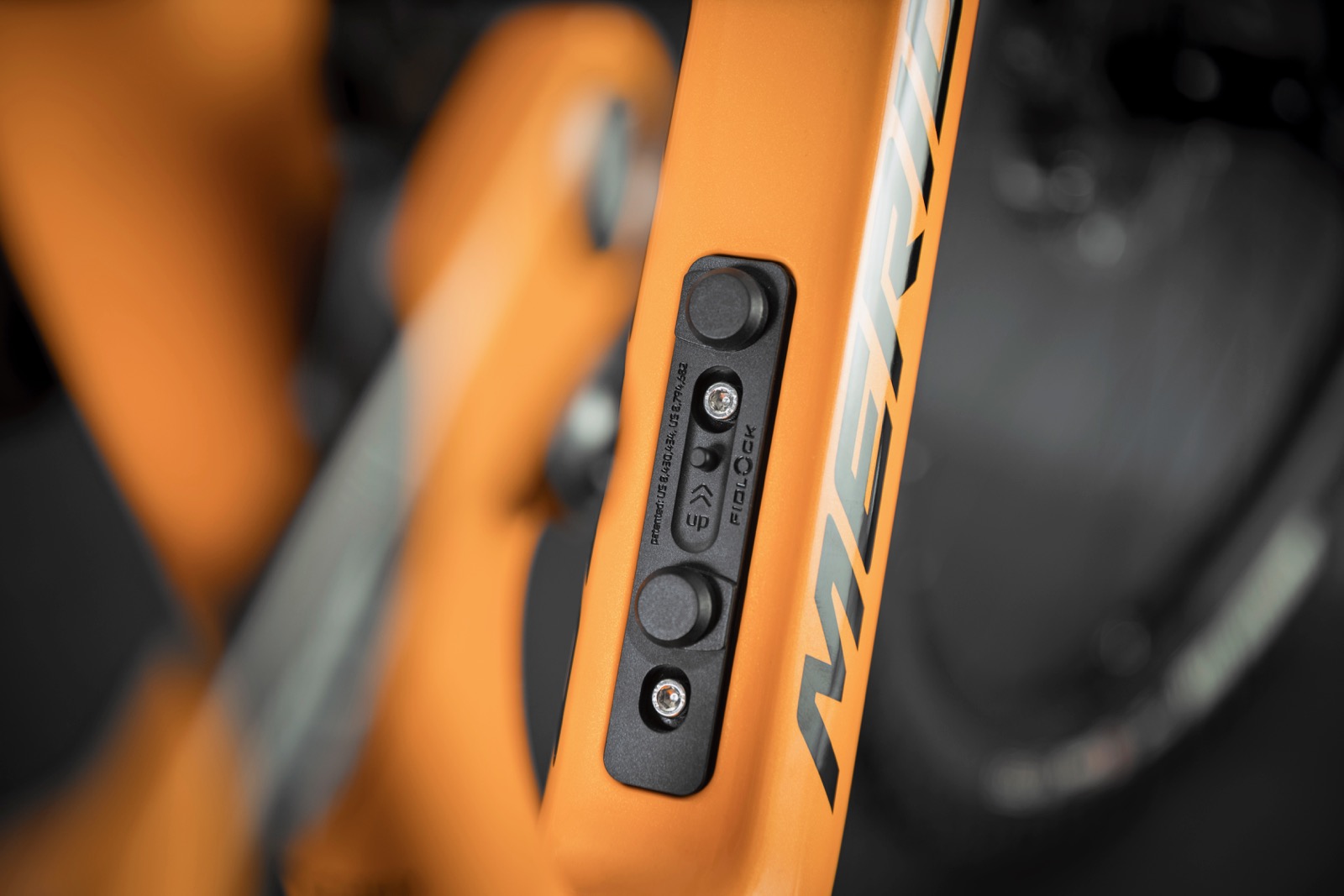
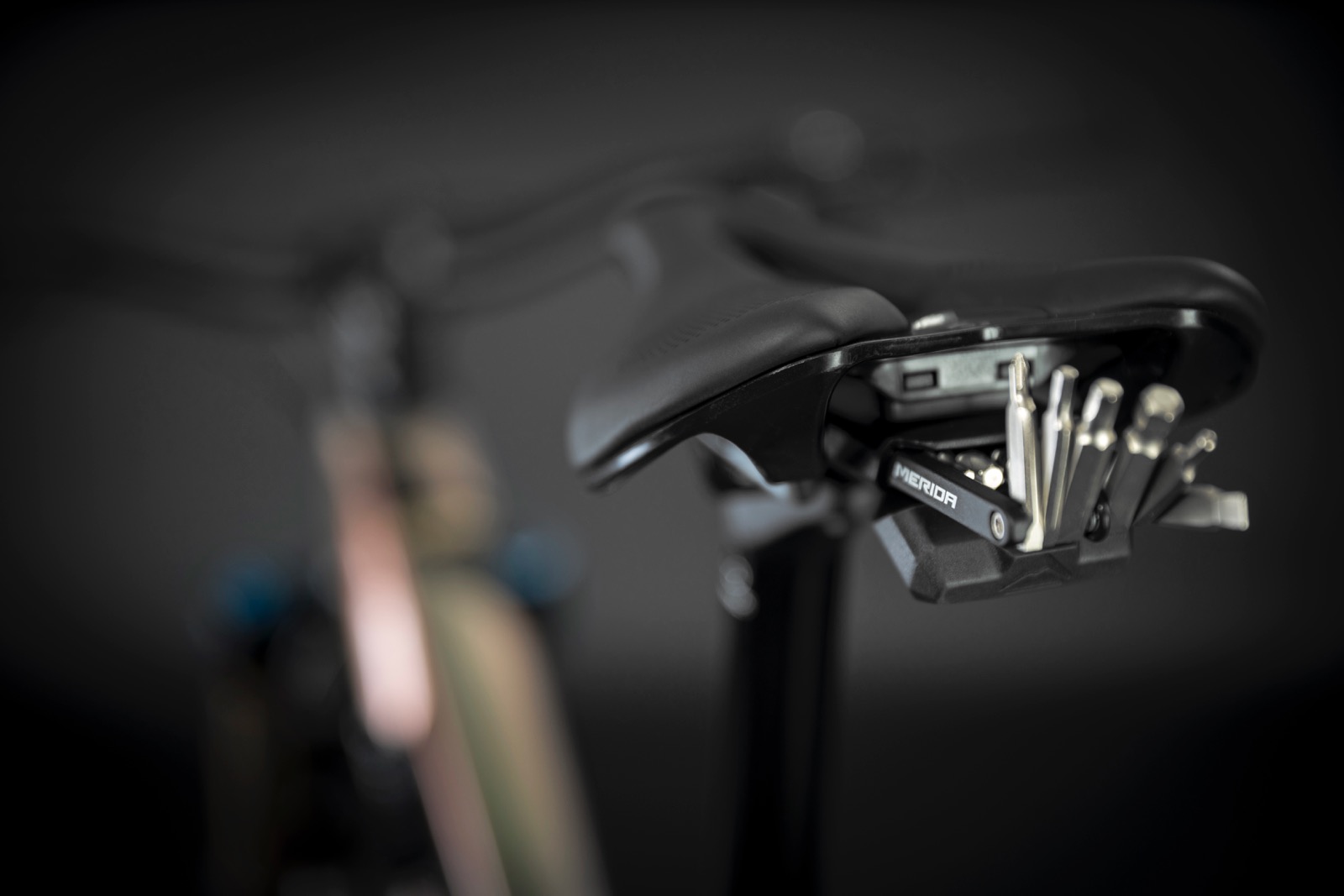
Both bikes can take a maximum 2.5" tyre size, and the One-Sixty comes with heavier casing Double Defence Maxxis tyres while the One-Forty comes equipped with EXO casing tyres. Both bikes have a 34t chain ring maximum and a 220mm rotor maximum for the frame. Merida use a 34.9mm seat tube for great stiffness and dropper post reliability.
Many will like the fact all frames use BSA standard threaded bottom brackets, and they have ISCG 05 mounts.
Merida state that a medium One-Sixty frame weighs 3660g, while the One-Forty in a medium is 2460g.
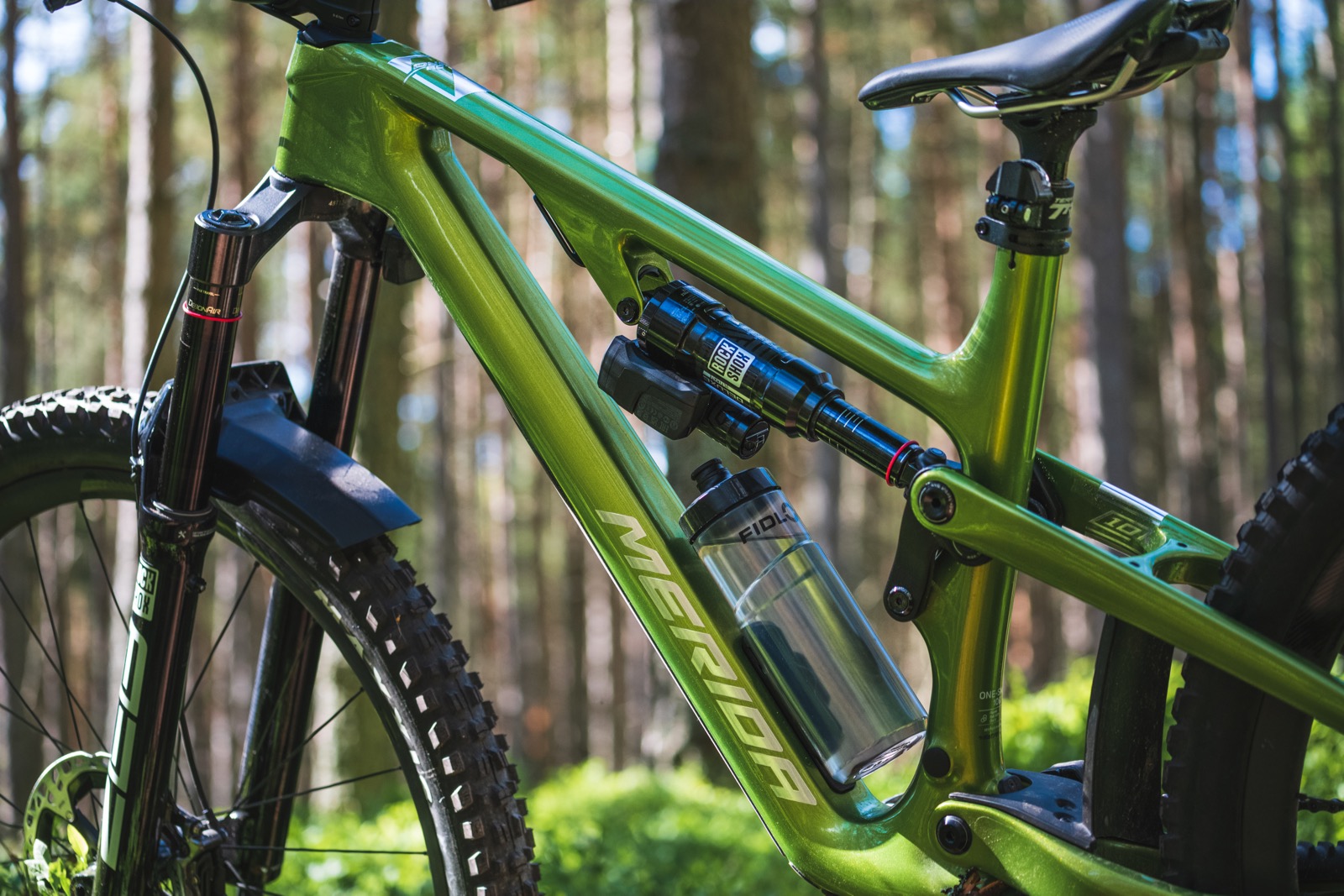
Suspension kinematics
Merida designed the One-Sixty to have more progression, to work hand in hand with the bigger air chambers on modern shocks and on the shock size in use. The smallest size has 6% progression and the largest over 14%, so there is way more bottom out support for bigger riders.
The One-Forty is a little more progressive, to give riders more support on a bike that overall is designed to be more efficient. That means you have 9.8% progression in the smallest size to 15% in the largest size. The antisquat is dialled in for use around the sag point, to maintain efficient pedalling. The anti-rise is also improved to keep the bike stable even when entering rough trails under brakes.
Materials and geometry
Both the Merida One-Sixty and One-Forty are available in Merida's CF4 carbon fiber or the Lite alloy frame. Geometry is the same regardless of material. The Merida One-Sixty has a 64 degree head angle and steep 79 degree seat angle to keep you centred. Reach is 470mm in the Mid size for the One-Sixty. Chain stay length is 434mm in the Mid size.
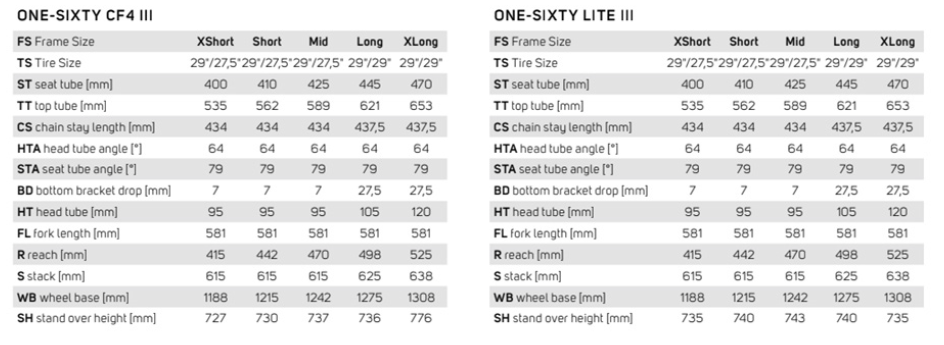
On the One-Forty, the shorter travel dictates a 65 degree head angle and the same 79 degree seat angle, while reach lenghtens to 480mm in the mid size. Chain stay length is 434mm in the Mid size.
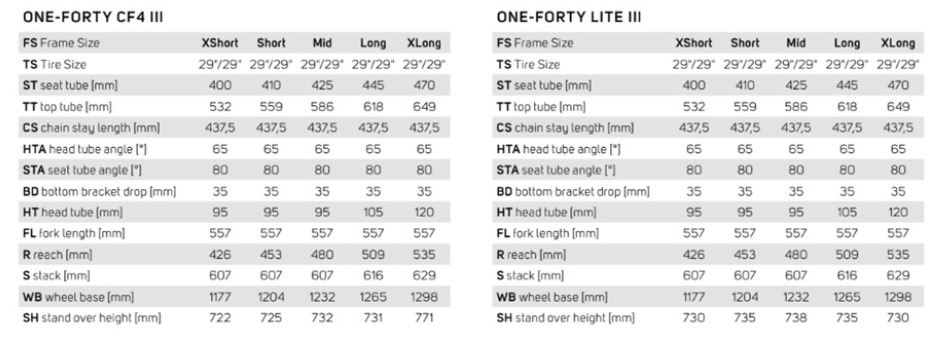
Merida One-Sixty and One-Forty models in Australia
Merida Australia will be stocking a thorough range of the One-Sixty and One-Forty. Availability is tricky though. The One-Sixty and One-Forty 10k won't be around until early 2024. But some of the alloy models will be landing by November 2022! Get in touch with your Merida dealer for more specific availabilities.
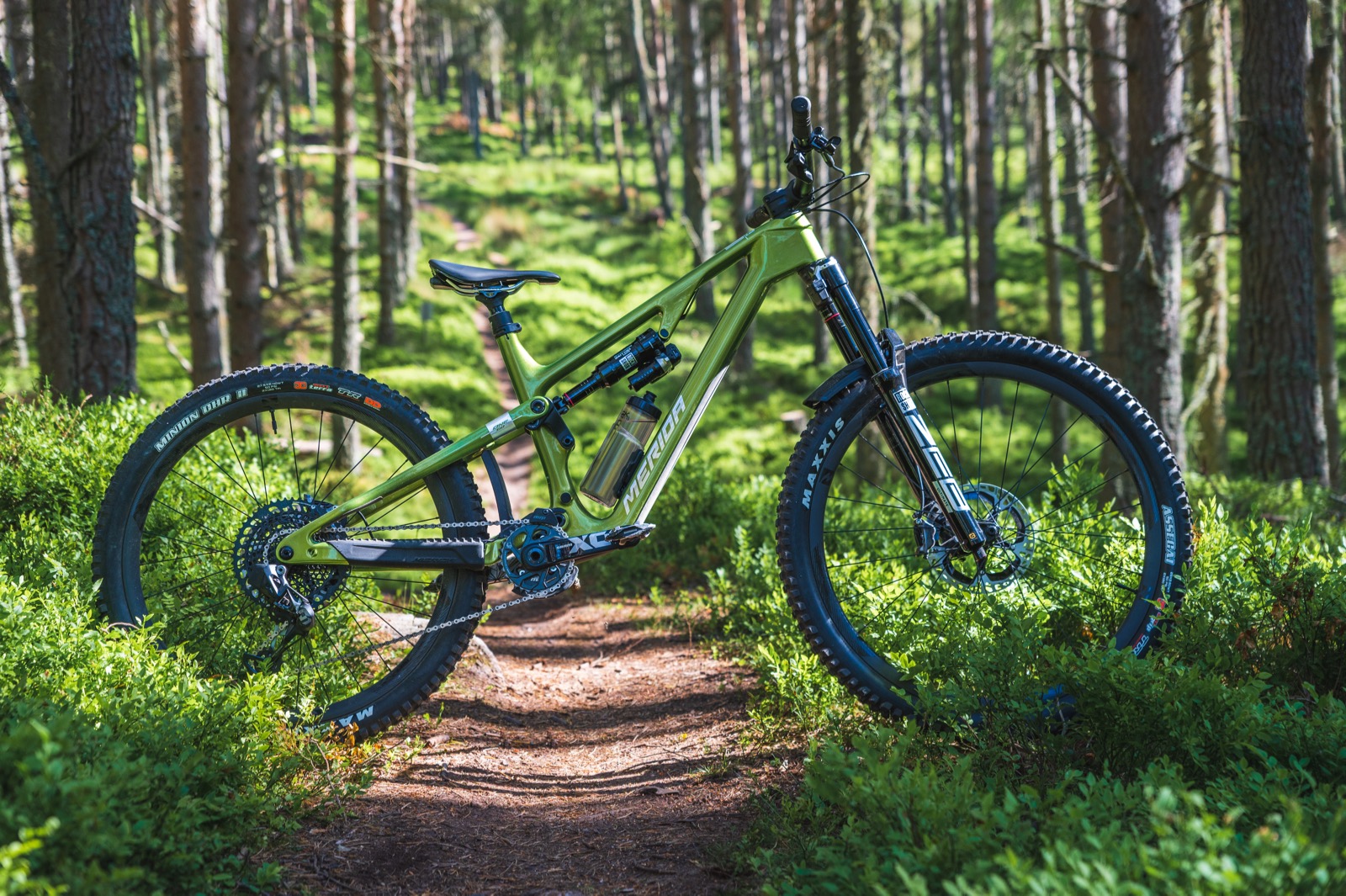
One-Sixty 10k $13499
One-Sixty 8000 $9799
One-Sixty 6000 $6999
One-Sixty 700 $4999
One-Sixty 500 $3999
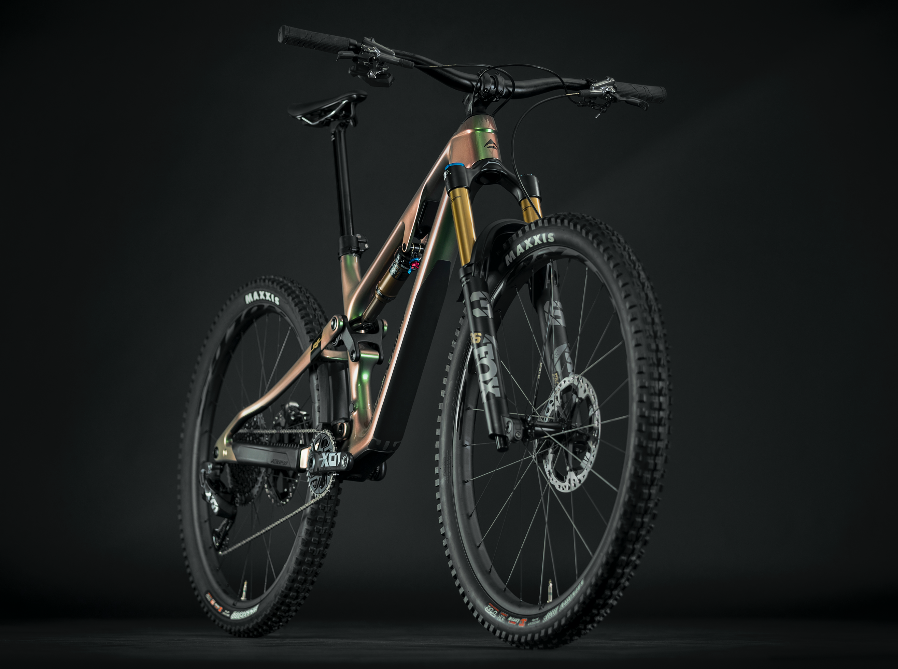
One-Forty 10k $11999
One-Forty 8000 $9499
One-Forty 6000 $6499
One-Forty 700 $4799
One-Forty 500 $3899
One-Forty 400 $3399
Our take
Merida have really pushed the One-Sixty and One-Forty into the modern space for enduro and all-mountain bikes. There's a lot of intelligent design that crosses between the two models, and it's great to see an extra size offered from Merida, compared to the usual 4 options.
Aesthetically, the bikes look great. The pricing seems good, as always for Merida. The geometry is progressive, but we do wonder if too much focus remained on the front of the bike, with the chain stays not growing as much as they could for proportional balance on the largest sizes. The proof will be in the pudding, and fingers crossed we can get onto a model or two in the future.
And we also wonder – is this a preview of the new eOne-Sixty and eOne-Forty?
